Silicon Bakeware
gardenlad
17 years ago
Related Stories
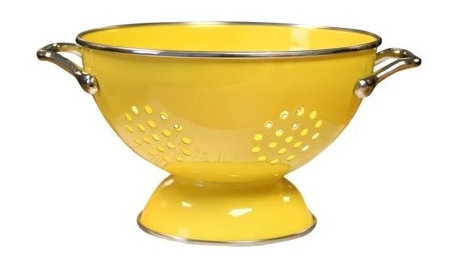
PRODUCT PICKSGuest Picks: The Well-Stocked Starter Kitchen
We’ve got all the kitchen basics and tableware you need (or that recent grad needs) to make cooking a joy
Full Story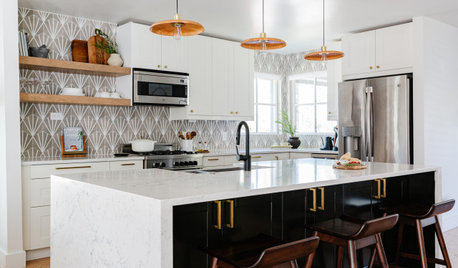
HOUSEKEEPINGThe Quick and Easy Way to Clean a Microwave
All you need is water and a couple of other natural ingredients to get your appliance sparkling and smelling fresh again
Full Story
KITCHEN DESIGN16 Practical Ideas to Borrow From Professional Kitchens
Restaurant kitchens are designed to function efficiently and safely. Why not adopt some of their tricks in your own home?
Full Story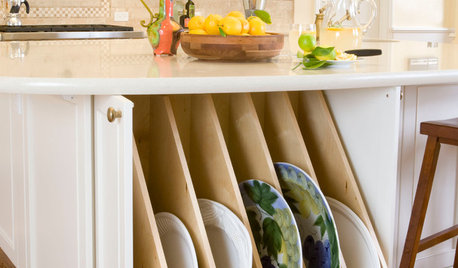
KITCHEN STORAGE13 Popular Kitchen Storage Ideas and What They Cost
Corner drawers, appliance garages, platter storage and in-counter knife slots are a few details you may not want to leave out
Full Story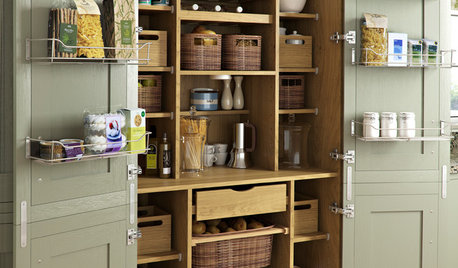
KITCHEN PANTRIES80 Pretty and Practical Kitchen Pantries
This collection of kitchen pantries covers a wide range of sizes, styles and budgets
Full Story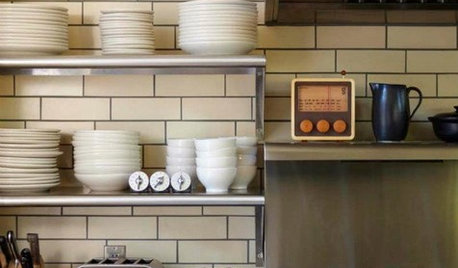
KITCHEN DESIGNCreate Your Own Checklist for a Well-Stocked Kitchen
Personalize the kitchen with your own must-haves from our list of top cooking tools, small appliances, pots, pans and more
Full StorySponsored
More Discussions






kframe19
fairegold
Related Professionals
Greer Furniture & Accessories · San Francisco Furniture & Accessories · Maplewood Furniture & Accessories · Glenbrook Interior Designers & Decorators · Arcadia Kitchen & Bathroom Designers · Rancho Mirage Kitchen & Bathroom Designers · Allouez Kitchen & Bathroom Remodelers · Champlin Kitchen & Bathroom Remodelers · Fort Myers Kitchen & Bathroom Remodelers · Fremont Kitchen & Bathroom Remodelers · Jefferson Hills Kitchen & Bathroom Remodelers · New Port Richey East Kitchen & Bathroom Remodelers · Pico Rivera Kitchen & Bathroom Remodelers · Port Charlotte Kitchen & Bathroom Remodelers · Santa Fe Kitchen & Bathroom RemodelersgardenladOriginal Author
babylark
suzyq3
zoenipp
vacuumfreak
azzalea
bungalowbees
glycera
bungalowbees
glycera
jadaburd
earthlydelights
cherrydancer